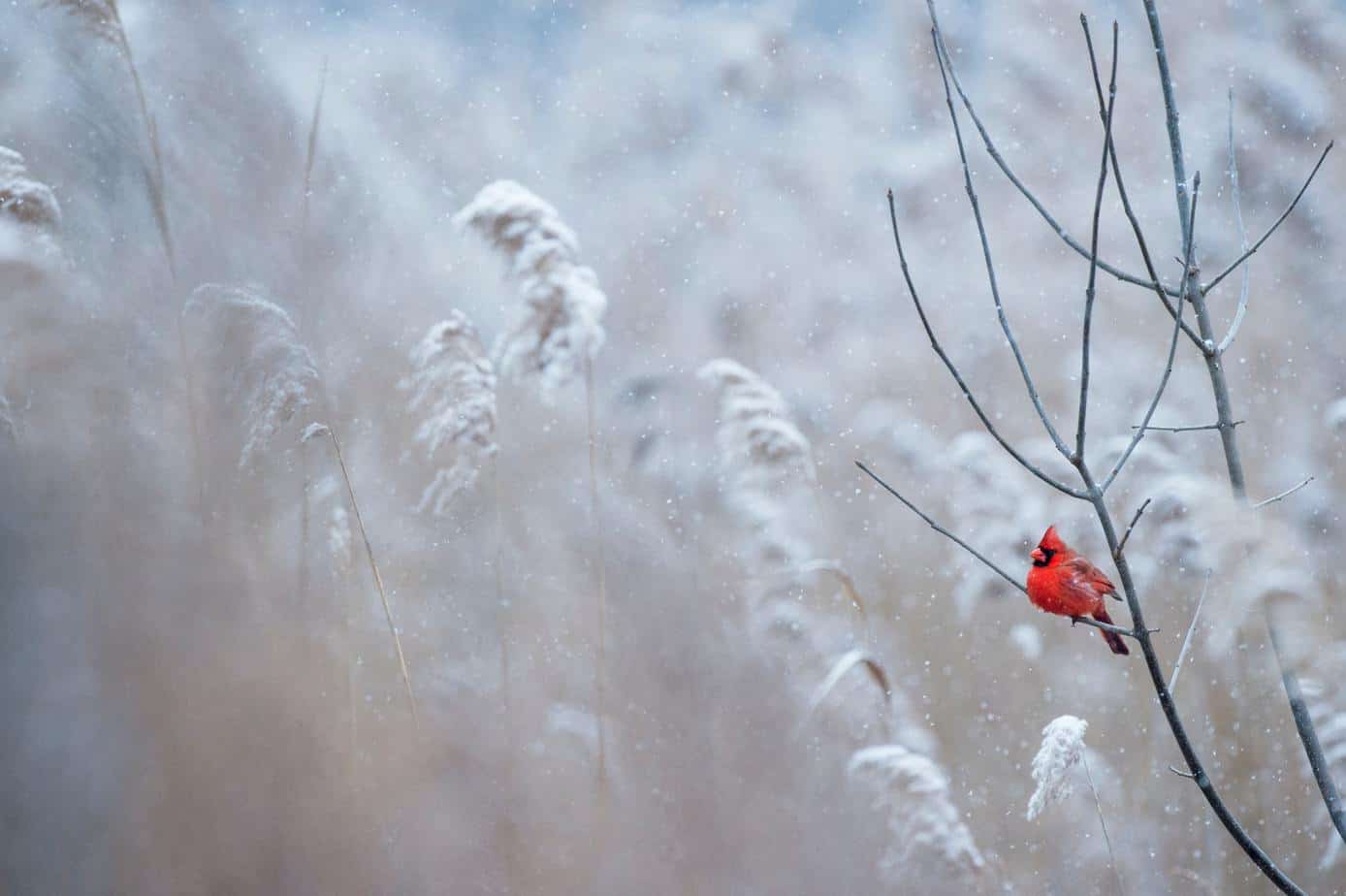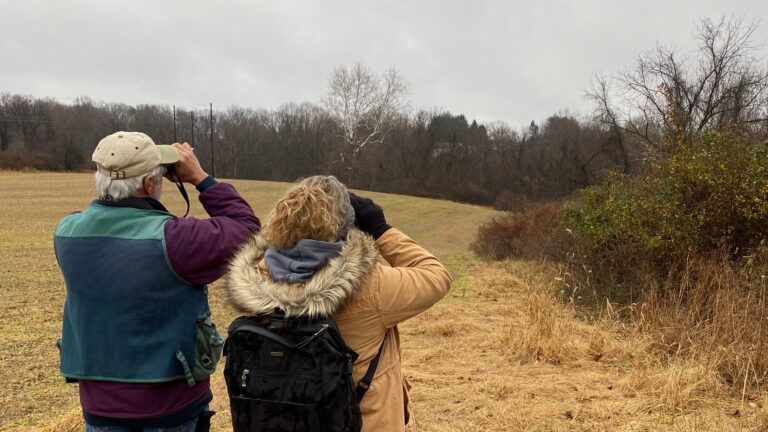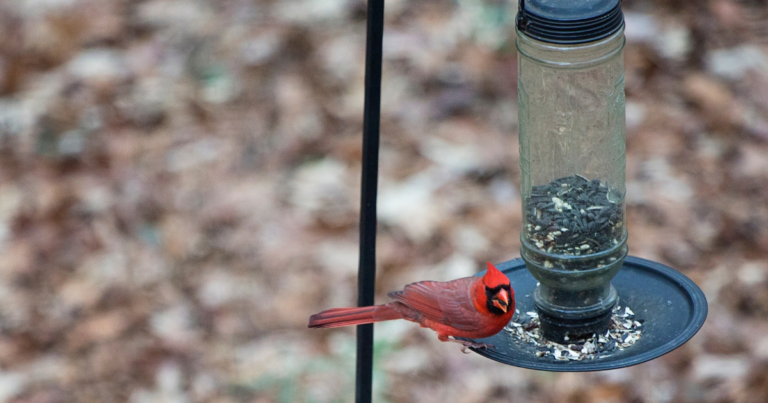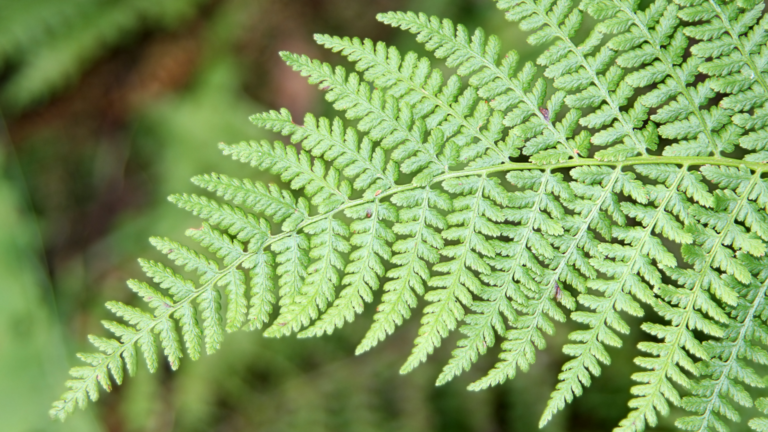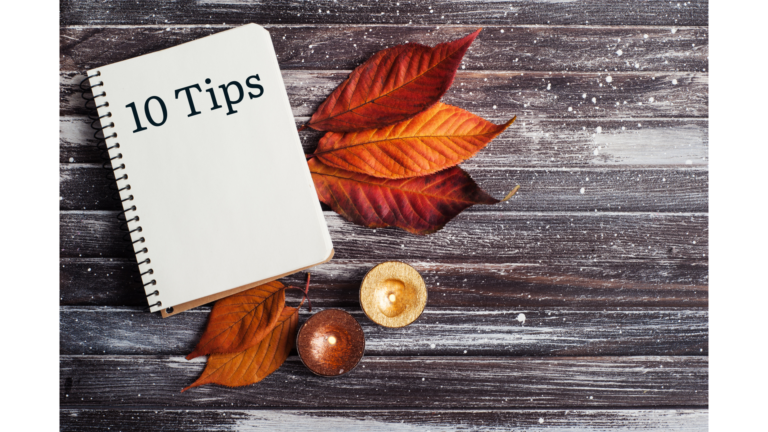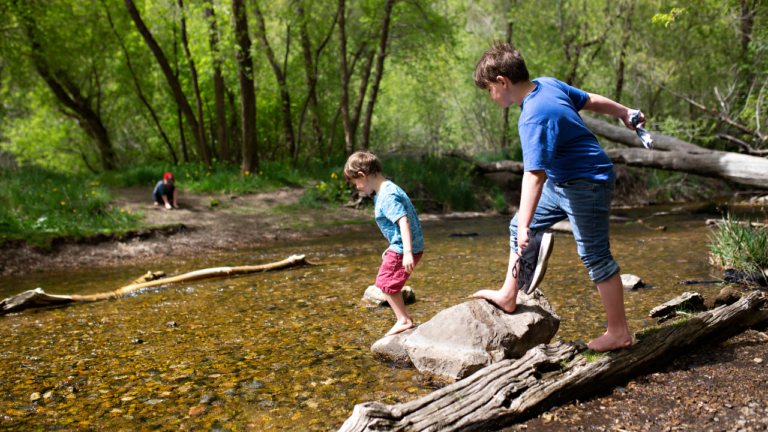Project Budburst: Learn how to celebrate spring and protect our cherry trees.
Want your family to help scientists learn how to protect cherry trees?
Then join the community science project, Cherry Blossom Blitz, run by Project Budburst. Your kids will track a cherry tree as it buds, blossoms, unfolds its leaves, and bears fruit. This will help scientists understand how cherry trees are reacting to changes in the season and climate.
Your family will experience the beauty and wonder of the cherry tree up close as its white, pink, or magenta blossoms explode in color for a few fleeting weeks. People around the world will be doing the same thing, including at the National Cherry Blossom Festival in Washington D.C. that runs from late March thru early April.
Join in on the fun and in the process, share your observations with scientists who are seeking to protect the cherry tree and all of the species that depend on it.
Through Project Budburst, you will learn about a special type of change: phenology.

Phenology may be a new word to you. But it is a simple concept. It is the study of how plants and animals change over the seasons. Good examples are budding, flowering, migration, and hibernation. These changes come about as seasons vary year-over-year. Or the climate warms up. Or it rains more or less. Or the weather gets more extreme.
Why study the phenology of a cherry tree?
Plants are sensitive to even small changes in the climate and these can impact their life cycles. This includes cherry trees. By using a special app developed by Budburst, families like yours can watch a tree closely and submit your phenology observations and photos. Your information goes into a large database alongside the results of numerous other community scientists across the country.
What questions will you help answer?
You help researchers answer questions like,
- “How is climate change impacting the timing of budding and blossoming?”
- “How will this affect different species in the future, especially pollinators?”
- “How does this, in turn, impact other plants and animals in the food web?
For example, pollinators like bees depend on flower nectar found in the cherry blossom. They transport the pollen from blossom to blossom which serves to fertilize the tree. But what happens if the pollinators are still larvae when the cherry trees start blooming earlier? How will the cherry trees get pollinated and then make fruit? The entire food web is affected by seasonal trends and climate change.
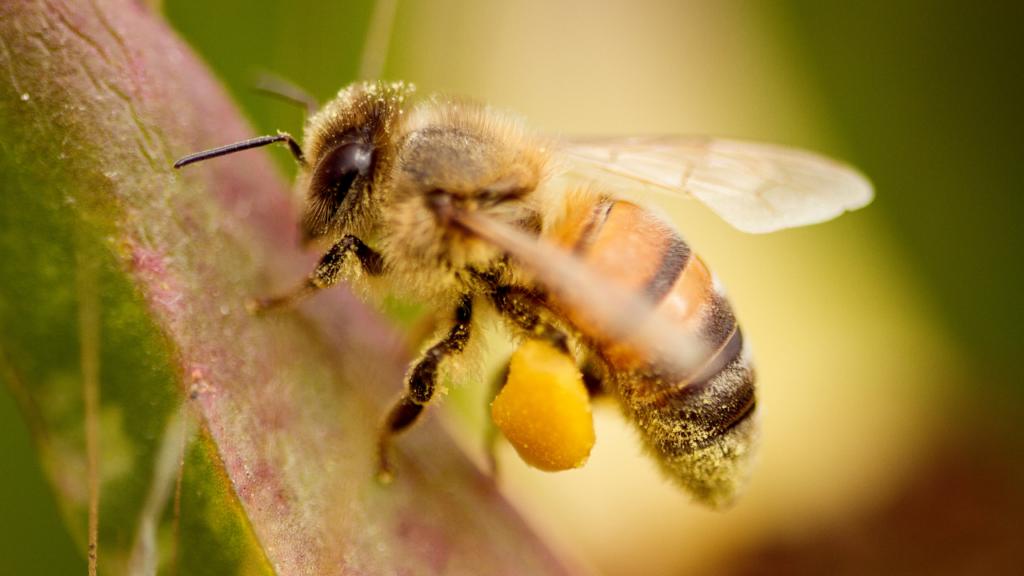
By joining Project Budburst, your family can do its part to protect the cherry tree and its pollinators.
Join us at The Field Trip Academy as we explore cherry tree phenology in our latest module, “Spring Budburst”. It’s part of our monthly membership: click here for more details.



